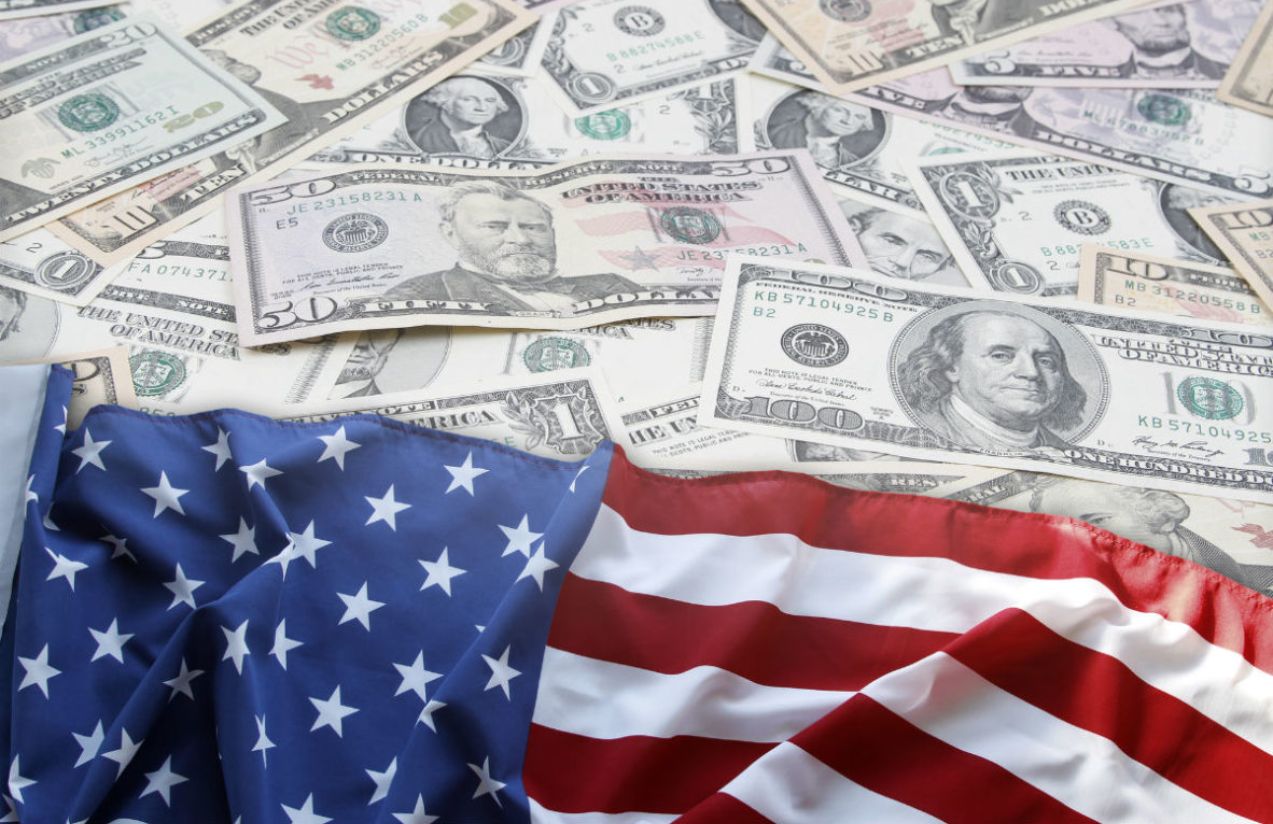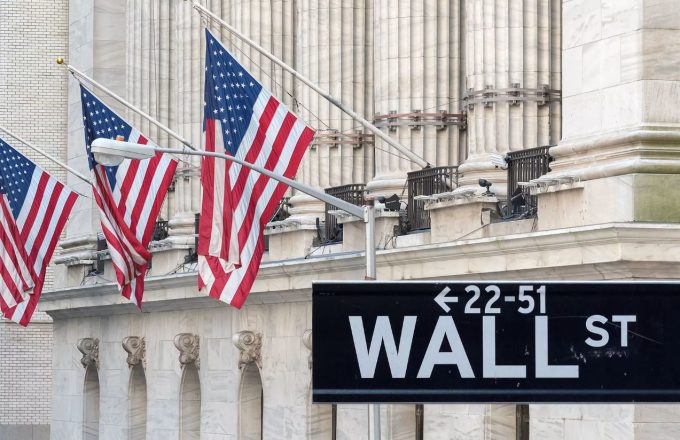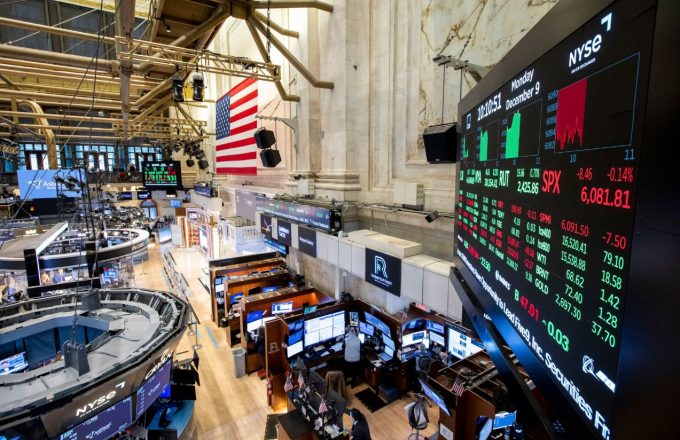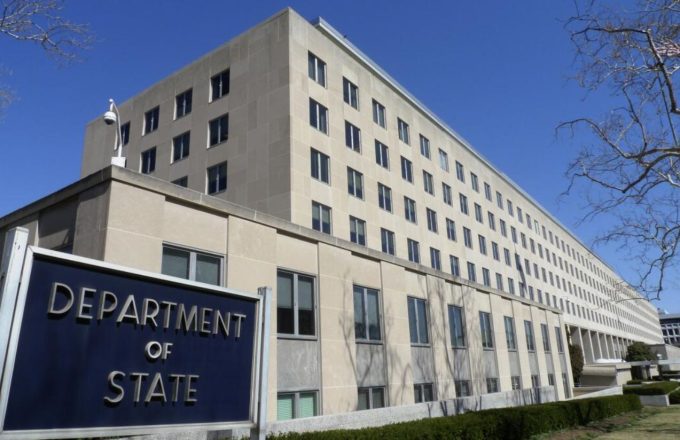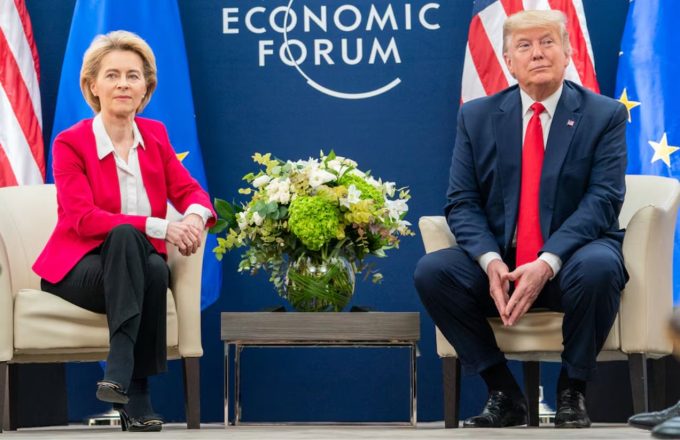The U.S. economy, which had been enjoying a period of enviable growth, has come to an abrupt halt following Donald Trump’s return to the White House. The president’s erratic economic and trade policies have created a climate of distrust and uncertainty, now reflected in the data: the gross domestic product (GDP) contracted by 0.1% in the first quarter of the year, according to preliminary figures released Wednesday by the Bureau of Economic Analysis (BEA), part of the Department of Commerce.
This decline — the first since early 2022 — contrasts with the 0.6% quarterly growth (2.4% annualized) recorded in the final quarter of last year. For the first time in years, the U.S. economy underperformed the eurozone, which grew by 0.4% during the same period.
The primary driver of the downturn was a sharp increase in imports — which are subtracted in GDP calculations — spurred in part by businesses and consumers rushing to buy foreign goods before new tariffs took effect. In the first three months of the year alone, the trade deficit soared to an unprecedented $464.5 billion, significantly weighing on GDP. At the same time, government spending declined, exacerbating the impact. While investment, household spending, and exports increased, they failed to offset the drag.
“The decrease in real GDP in the first quarter primarily reflected an increase in imports and a decrease in government spending, partially offset by increases in investment, consumer spending, and exports,” the BEA reported.
In terms of national accounting, goods imports surged at an annualized rate of 50.9% — a stark indication of how the administration’s tariff policies have distorted economic behavior. Without that drag, the economy would have maintained strong growth. Whether this front-loaded effect wears off in future quarters remains to be seen.
Trump’s protectionist agenda aimed to reduce the trade deficit, but so far it has had the opposite effect: greater uncertainty, front-loaded purchases, and a widening imbalance.
Adding to the concerns, inflation expectations have surged. While Trump has downplayed the inflationary impact of his tariffs, price pressures are mounting. Consumer spending, traditionally the main engine of the U.S. economy, is losing momentum, slowing from a 4% annualized rate in Q4 2024 to just 1.8% in the first quarter of this year.
Alarm bells are ringing in the corporate world as well. Many companies have warned they will miss their sales and earnings targets due to the trade war and broader macroeconomic uncertainty. Airlines report fewer leisure bookings, and other consumer-facing firms are bracing for a possible recession. The stock market has experienced its worst performance during a new president’s first 100 days in decades.
Trump, however, is deflecting blame. “This is Biden’s stock market, not Trump’s. I didn’t take office until January 20,” he wrote on his social network, Truth, the same day the economic data was released. Ignoring the fact that some tariffs have been in place since February, he added: “When the boom starts, it will be like no other. BE PATIENT!!!”, downplaying the economic harm caused by his own policies.
In an apparent bid to shift blame, Trump has also targeted Federal Reserve Chair Jerome Powell, while boasting that he knows more about interest rates than the Fed chief himself. The move seems aimed at finding a scapegoat for the economic fallout.
In recent years, the U.S. economy has shown remarkable resilience, often outperforming growth expectations. But that was before Trump upended economic policy.
His decisions have complicated the Federal Reserve’s job. The central bank, which is tasked with ensuring price stability and full employment, now faces a more complex landscape. The trade war could both drive prices higher and stifle job creation. Powell admitted this month that the economy is “moving away” from both goals and said the Fed needs “more clarity” before resuming interest rate cuts. While markets do not expect a move at next week’s meeting, many are already betting on a rate cut in June.


